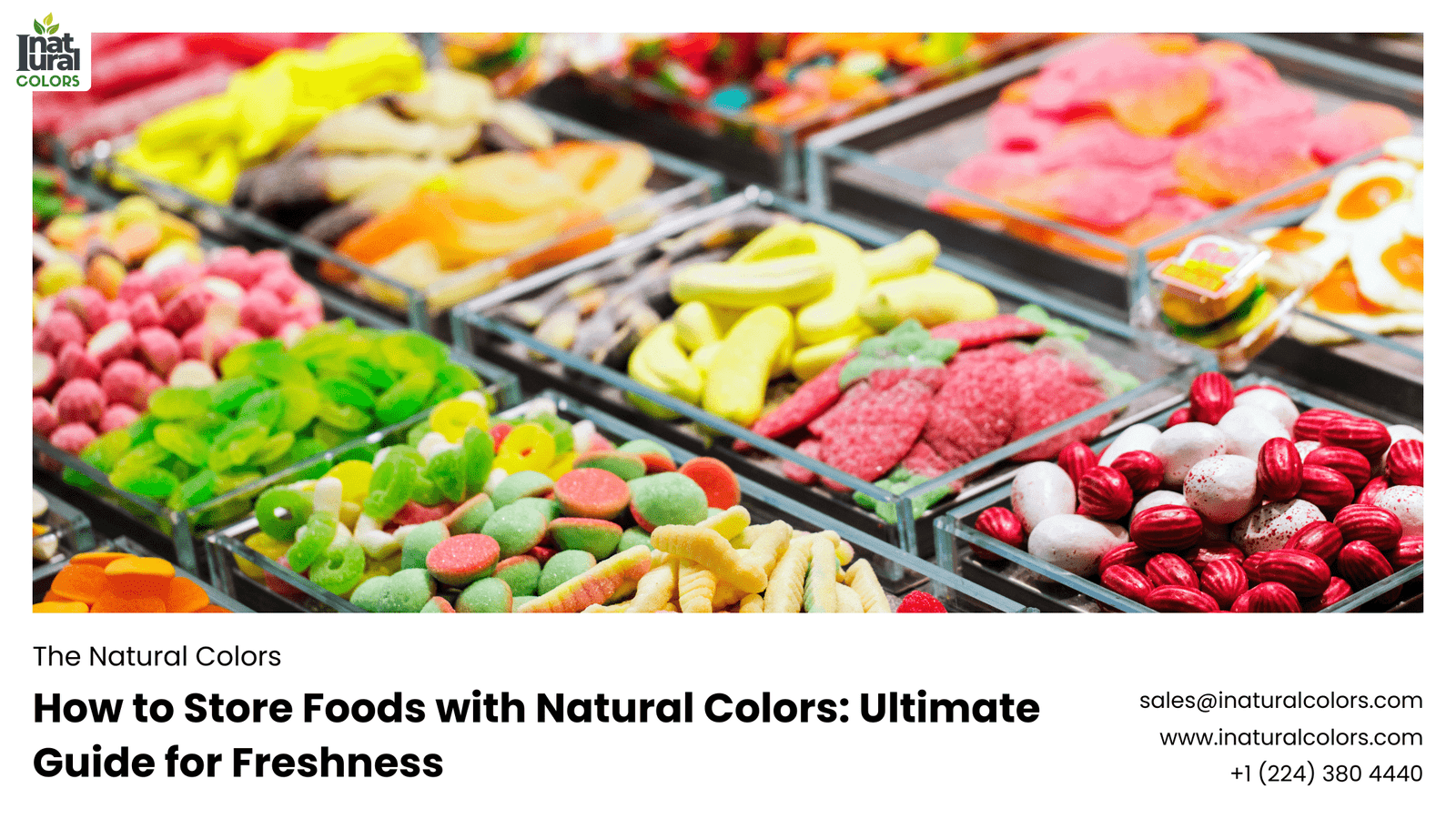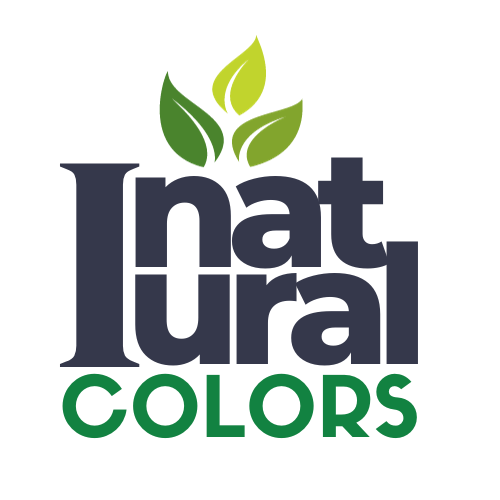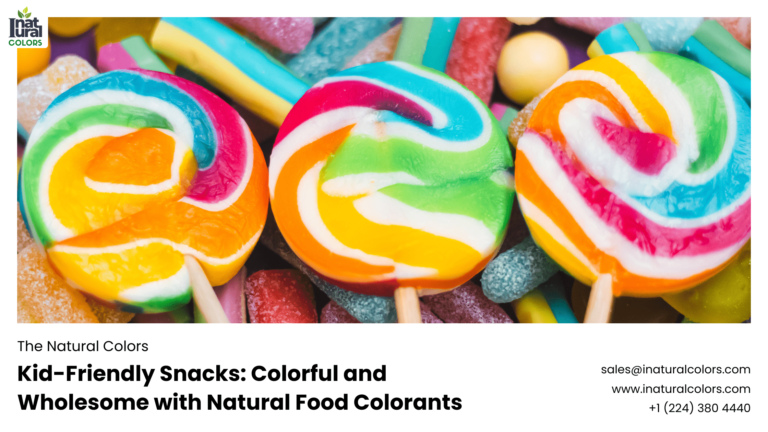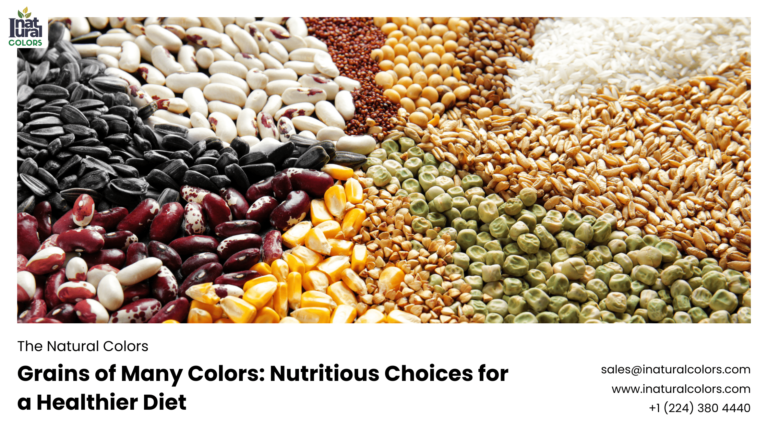Beautiful Plants For Your Interior

Store Foods with Natural Colors – Introduction
Ever noticed how vibrant and appealing naturally colored foods are? From the deep greens of leafy vegetables to the bright reds of fresh berries, these natural colors not only make our plates look appetizing but also indicate nutrient richness. But how do we preserve these beautiful hues after harvesting or purchasing? This article delves into the best practices for storing foods with natural colors, ensuring they remain as fresh and visually appealing as the day you got them.
Understanding Natural Food Colors
Definition and Sources of Natural Food Colors
Natural food colors come from various plant-based sources. Chlorophyll gives greens their color, carotenoids are responsible for yellows and oranges, and anthocyanins lend reds, blues, and purples to fruits and vegetables. These pigments are not just for show; they are linked to numerous health benefits.
Benefits of Natural Food Colors
Natural colors are often indicators of the presence of essential nutrients. For example, the rich red of tomatoes signifies the presence of lycopene, an antioxidant known for its cancer-fighting properties. Maintaining these colors during storage ensures we get the maximum nutritional benefits from our food.
Why Storing Natural Colors is Important
Preservation of Nutrients
When natural colors fade, it’s often a sign that the nutrients are degrading. Proper storage helps in maintaining the nutritional quality of the food.
Aesthetic Appeal
Let’s be honest; we eat with our eyes first. Vibrantly colored foods are more appealing and can make meals more enjoyable.
Factors Affecting the Preservation of Natural Colors
Light Exposure
Light can break down pigments in food, causing them to fade. Foods stored in transparent containers or exposed to light can lose their vibrant colors quickly.
Temperature
High temperatures can accelerate the degradation of pigments. Storing foods at appropriate temperatures is crucial to maintain their color.
Humidity
Too much moisture can cause mold, while too little can lead to drying out and fading of colors.
Oxygen Exposure
Oxygen can cause oxidation, leading to the loss of color and freshness. Airtight storage solutions can mitigate this issue.
General Tips for Storing Foods with Natural Colors
Use of Airtight Containers
Airtight containers prevent oxygen from degrading the food pigments, thus helping maintain their color.
Optimal Storage Temperatures
Refrigerating or freezing foods at appropriate temperatures can significantly slow down the degradation of natural colors.
Minimizing Light Exposure
Store foods in opaque containers or in dark places to protect them from light-induced color loss.
Storing Fresh Fruits and Vegetables
Best Practices for Leafy Greens
Leafy greens like spinach and kale should be washed, dried thoroughly, and stored in airtight containers lined with paper towels to absorb excess moisture.
Storing Root Vegetables
Root vegetables like carrots and beets should be stored in a cool, dark place. They do well in a pantry or a root cellar.
Berry Storage Tips
Berries are delicate and should be stored in a breathable container in the fridge. Avoid washing them until you’re ready to eat them to prevent mold growth.
Citrus Fruit Storage
Citrus fruits can be stored at room temperature for a week, but they last longer when kept in the refrigerator.
Storing Herbs and Spices
Fresh Herbs vs. Dried Herbs
Fresh herbs can be stored in the fridge, wrapped in a damp paper towel and placed in a plastic bag. Dried herbs should be kept in airtight containers in a cool, dark place.
Optimal Storage Conditions for Spices
Spices retain their color and flavor best when stored in airtight containers away from light and heat.
Storing Beverages
Juices
Freshly squeezed juices should be stored in the fridge in an airtight container to prevent oxidation.
Teas
Loose leaf teas and tea bags should be kept in airtight containers in a cool, dark place to preserve their color and flavor.
Smoothies
Smoothies can be frozen in individual portions to retain their color and nutritional value.
Freezing Foods to Preserve Color
Suitable Foods for Freezing
Fruits, vegetables, and even some herbs can be frozen to maintain their color and freshness.
Freezing Techniques
Blanching vegetables before freezing can help preserve their color and texture. Ensure they are dried thoroughly before freezing.
Avoiding Freezer Burn
Use airtight, freezer-safe containers or bags to prevent freezer burn, which can cause color and texture loss.
Canning and Preserving
Basics of Canning
Canning is a great way to preserve foods while maintaining their color. Use proper canning techniques to avoid spoilage.
Best Practices for Maintaining Color
Add a bit of lemon juice to canned fruits to help preserve their color. Ensure jars are sealed correctly to keep oxygen out.
Using Vacuum Sealing
Benefits of Vacuum Sealing
Vacuum sealing removes air, reducing oxidation and preserving the color and freshness of foods.
Step-by-Step Guide to Vacuum Sealing
- Place food in a vacuum-seal bag.
- Use a vacuum sealer to remove air from the bag.
- Seal the bag and store it in the fridge or freezer.
Drying and Dehydrating Foods
Advantages of Dehydration
Dehydration removes moisture, which can cause foods to spoil while preserving their color and nutrients.
Best Practices for Dehydrating
Slice foods evenly and use a dehydrator to ensure consistent drying. Store dried foods in airtight containers.
Fermenting Foods
Benefits of Fermentation
Fermentation not only preserves foods but also enhances their nutritional value and can maintain their color.
Fermentation Techniques to Retain Color
Use clean, sterilized jars and ensure that food is submerged in brine to prevent discoloration.
Storing Cooked Foods
Immediate Cooling Techniques
Cool cooked foods quickly to preserve their color. Use shallow containers to speed up the cooling process.
Proper Storage Containers
Store cooked foods in airtight containers in the fridge or freezer to maintain their color and freshness.
Conclusion
Preserving the natural colors of your foods isn’t just about aesthetics; it’s about maintaining the nutritional value and making your meals more enjoyable. By understanding the factors that affect food pigments and employing the right storage techniques, you can keep your foods looking and tasting fresh for longer. Whether you’re storing fruits, vegetables, herbs, or beverages, these tips will help you preserve their natural beauty and nutritional benefits.
FAQs
How long can you store naturally colored foods?
The storage time varies depending on the type of food and the storage method. For example, berries can last up to a week in the fridge, while properly canned foods can last up to a year.
Do natural colors affect the taste of food?
Yes, natural colors often indicate the presence of certain nutrients and flavors. Maintaining these colors can help preserve the overall taste and quality of the food.
What is the best way to store cut fruits and vegetables?
Store cut fruits and vegetables in airtight containers in the fridge. Adding a bit of lemon juice can help prevent browning.
Can you restore the color of faded foods?
While you can’t restore the original color, you can slow down further fading by improving storage conditions such as reducing light exposure and keeping foods in airtight containers.
Are there any natural preservatives to maintain food color?
Yes, lemon juice and vinegar are natural preservatives that can help maintain the color of foods, especially when canning or storing cut fruits and vegetables.



